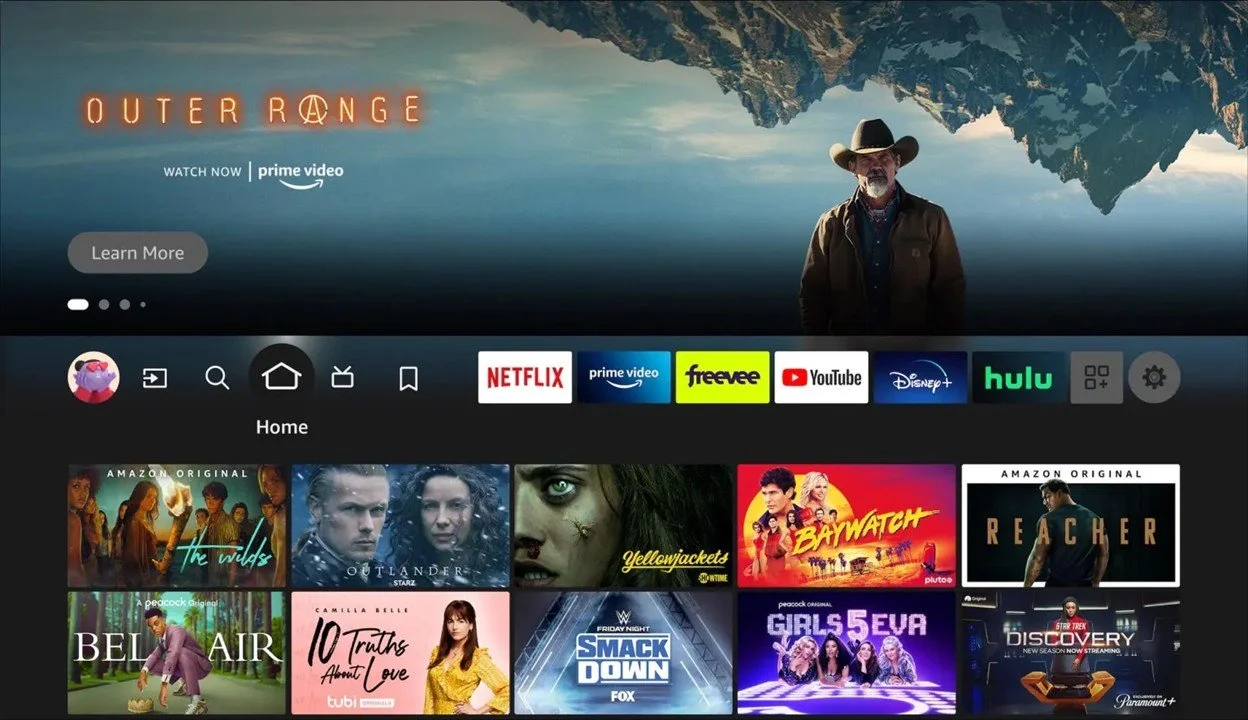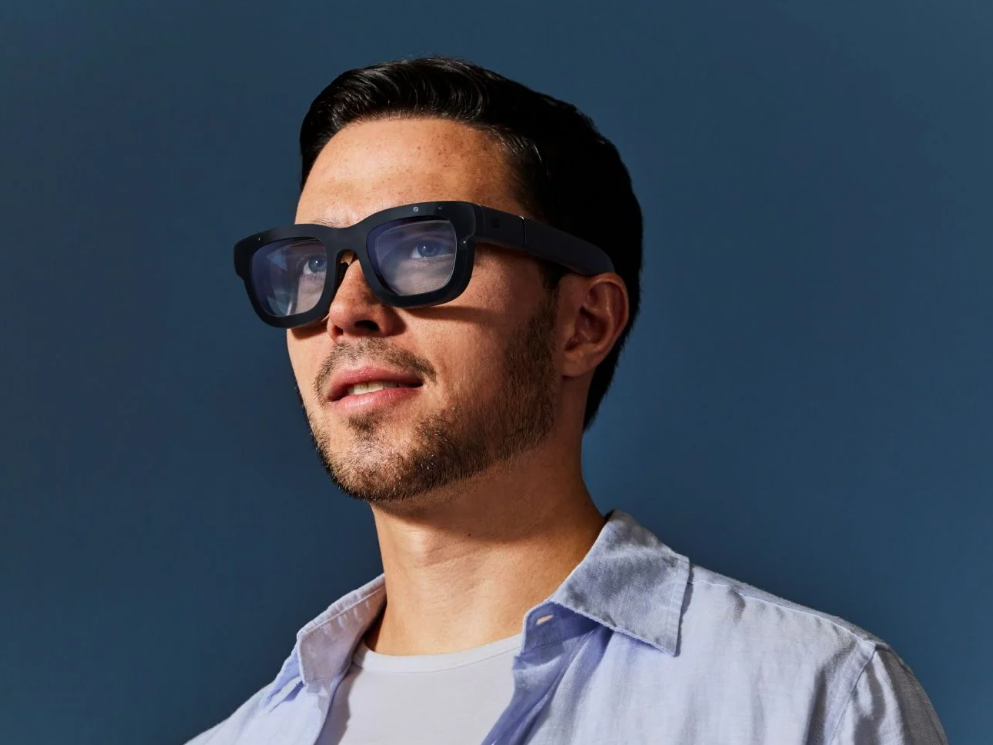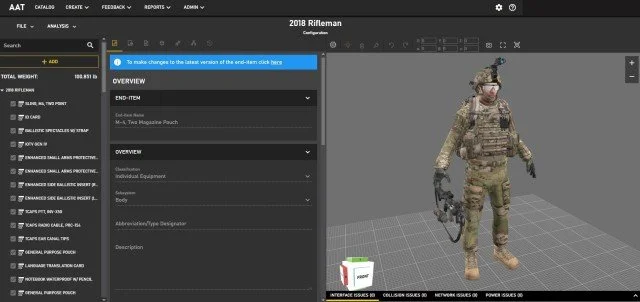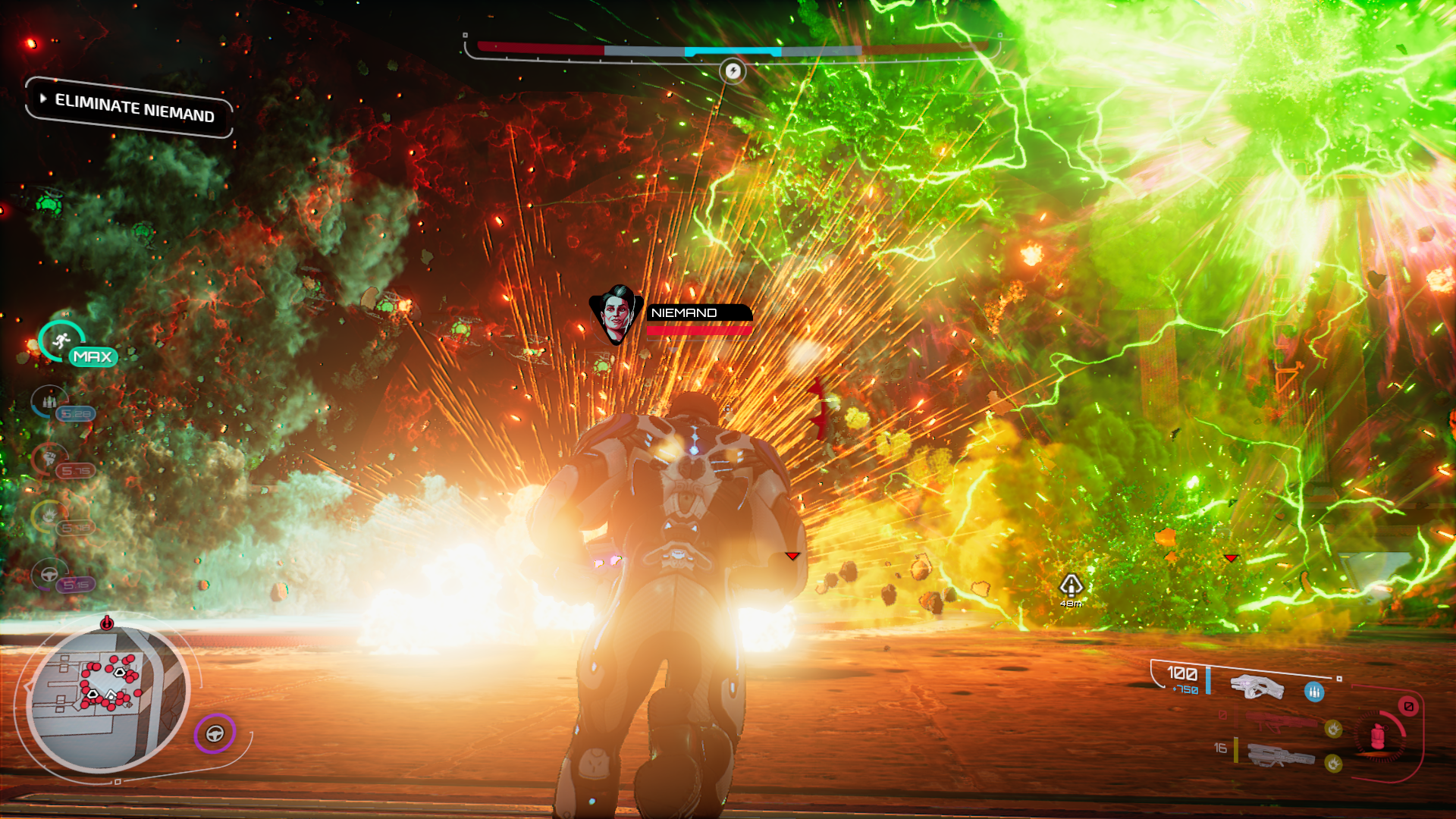About Me
I am a User Experience Researcher, who worked on websites (including ecommerce and travel), apps, multiple video games, as well as public sector webapps and Mixed Reality initiatives. I began working in this field because I was interested in learning more about how people use hardware and software in general, and I enjoy improving the experiences that people have by providing impactful insights for the design teams that I work with. As a result of this general curiosity I enjoy the challenge of approaching new products, and have consistently looked for opportunities to work on projects where I could learn and use new research methods, or adapt and implement the methods I’m already familiar with.
I received my Masters in Psychology from the University of Notre Dame. During my time at Notre Dame as a Graduate Student Research Assistant I focused on how people communicated about the locations of objects, gave directions, and how distractions affected the ability of drivers to keep their car in the center of their lane. When working on this project I began my first forays into UX, by designing a study protocol and virtual environments to help minimize the risk of VR sickness for participants. These experiences motivated me to pursue a career that would allow me to continue to examine how the design of software and hardware impact the experiences that people have while using these products. The knowledge about how people communicate with others and what assumptions they make about what others know has impacted how I approach UX and design.
Prior to graduate school I received my B.A. in psychology from Gonzaga University, where I studied abroad in Ecuador and Zambia and began my research adventures with Chimpanzees.
Additionally, growing up I was fortunate to live in Brazil and Switzerland. The experiences I have had while traveling and living in the US and abroad have had a huge impact on my life and have fueled my desire to learn, explore, and share experiences with others. In my free time I enjoy playing video games, traveling, hiking, biking, photography, and cooking.
UX Researcher V, Supporting Amazon
Acted as a senior level researcher to partner with cross-functional teams to test prototypes and provide impactful insights rapidly. Research has been mixed-method and supported product innovation across Amazon’s Device Design Group using tools like Dovetail and Dscout.
An example of how the ASA looks provided from https://www.army.mil/article/277735/peo_soldier_enabling_equipment_integration_with_digital_engineering_ecosystem
Photo credit Gizmodo
User Researcher V, Supporting Meta
Worked with Meta to provide cross-functional teams with insights around user interactions with hardware, software, and AI systems for AR devices and wearables to inform design decisions. This role’s was mixed method research with responsibilities including heuristic reviews, usability studies, user journeys, benchmarking to understand user behavior, user needs, and social acceptability.
Launched products include Orion AR glasses, Ray Ban Meta Display smart glasses, and neural wristband.
UX Researcher II
Worked closely with a development team and customer team to help inform design decisions based on user needs and feedback. This has involved performing remote usabilities, benchmarks, and interviews with subject matter experts. Learning about the field they work in to help increase developer understanding of their needs and communicating these with the team.
During this period feedback form the Lead Designer, Engineers, and the Project Manager have included descriptions of embodying the customer obsessed mentality of Microsoft, invaluable, and being a force multiplier by providing insights that make it feel like there is an additional Designer and PM on the team.
In addition to my primary project I have demonstrated flexibility in assisting with in field studies for different projects, which have included setting up discussion guides, performing focus groups, and performing observational research with participants. As well as starting new investigation into user needs of other public sector users who work in non-permissive environments.
Launched products include Adaptive Squad Architecture (ASA) and IVAS 1.0
An example of how the ASA looks provided from https://www.army.mil/article/277735/peo_soldier_enabling_equipment_integration_with_digital_engineering_ecosystem
Due to tenting and NDA here is an image of similar MR experiences related to ArcGIS and TAK software that was investigated during this time.
User Researcher, Supporting Microsoft
As a User Researcher with Steyer Content, I worked with partners at Microsoft to execute studies, surveys, and interviews in the field as well as online to help better inform the team about design decisions during rapid development of several prototype product.
During this position I integrated closely with our development team in order to rapidly provide insights as well as suggesting design ideas to help the product more closely with user needs.
In addition to working with Microsoft I worked closely with their customer both forming a relationship with the customer’s management team, as well a building repertoire and resources for participants to improve rates of participation in studies.
User Research Specialist, Supporting Microsoft
Worked as a User Research Specialist for Harman to support Microsoft. In this position I conducted research that motivated design decisions for console and PC games before and after their release. My responsibilities included designing and executing usabilities, playtests, interviews, and surveys based on research goals from the internal and external teams I worked with.
Insights from the studies I performed helped designers make changes to improve learning systems, multiplayer experiences, balance difficulty, as well as tune mouse and keyboard controls for several games.
Game Credits from this period include:
Microsoft Flight Simulator
Tell Me Why
Crackdown 3
Sunset Overdrive for PC
And two unreleased games
Additional Games worked on include:
State of Decay release and post release
Age of Empires franchise
Super Lucky’s Tale
A Screenshot of a Boss Fight from Crackdown 3, a game I worked on while working for as a User Research Specialist

I can’t share screenshots of what I worked on at UserTesting so here is a little bit of recursion on the site!
Associate User Researcher
In November 2016 I began my career as a User Experience researcher. At UserTesting.com I worked with customers to help design and carry out studies based on their research goals. These studies provided insights that teams of researchers and designers could use to take actions to improve the user experience of their apps and websites.
While at UserTesting, I worked with a wide range of industries, including e-commerce, travel booking, automotive, professional services, and gaming.
Attention and Driving
For my Master’s Thesis, I studied how moving drivers’ visual and cognitive attention to different locations affected their ability to keep their car in the center of their lane.
This study was performed to prep for studies looking at how the addition of driver assists (e.g. lane departure warnings) change how drivers offload performance monitoring, and how to best implement these features.
While conducting this research, I designed virtual environments, and collected and analyzed data for several experiments that examined how manipulating a driver’s visual and cognitive attention affected their ability to maneuver a car along a virtual road.
During the design process pilot studies were used to adjust the car control mechanics and environment. This was done so that individuals with no VR or video game experience could quickly learn how to control the car and navigate it through the virtual environments. Additionally, feedback from pilot studies was also used to help tune the car, environments, and study protocol to reduce the risk of VR sickness.
All experiments were performed in virtual environments that were built using Google Sketchup, simulated using Vizard’s Virtual Reality Software, and displayed using an Oculus Rift DK2 and nVisor SX60 .
I performed these experiments with the help of with Lugo, J., & Carlson, L.
The participants view of a low optic flow environment with a distraction present at the three positions that were used for this study. This screenshot was captured during my time as a Graduate Student Research Assistant.
Screenshots of the “mall” participants walked through before and after an emergency scenario was triggered. This screenshot was captured during my time as a Graduate Student Research Assistant.
Stress and Navigation
Designed virtual environments and used telemetry to set up analysis for a research project investigating how people exit buildings during stressful situations, and how the spatial ability of individuals affects their exit path choice.
The environment for this experiment was created in Google Sketchup and was simulated using Vizard’s Virtual Reality Software and the Oculus Rift DK2.
The results for this study were presented as a poster at the Cognitive Science Society's 2015 Annual Meeting.
Giving Directions Around Campus
This project involved using surveys to determine how the assumptions that people make about addressees affected the written directions they gave for locations around the campus of Notre Dame.
The results were presented as a poster at the Cognitive Science Society and the Psychonomics Society's Annual Meetings in 2015
This experiment was performed as a collective effort including Carlson, L., Kolesari, J., Galeucia, C., Adams, D.
A virtual intersection used to learn more about how landmarks are used to give directions. This screenshot was captured during my time as a Graduate Student Research Assistant.
If you were asked to describe the location of the keys, which object would you use in you description (e.g. "in front of the stapler"). If the person you are talking to interacted with the binder earlier, would that change your description? This image was captured during my time as a Graduate Student Research Assistant.
Communicating Object Location
This was my first project performed under the supervision of Laura Carlson.
For my first year project in graduate school I examined how interacting with objects during the course of conversation changed how people described the location of another object.
Experiment One used staged scenarios using a confederate, and focused on the interaction during conversation.
Experiment Two examined if the color of an object in the environment combined with interaction affected how frequently is was used as a reference object. This additional variable meant that we needed to have more participants to maintain statistical power. In order to do this in a timely manner, we hosted videos on YouTube and recruited participants through Amazon Mechanical Turk.
The results for these studies were presented as a poster at the Psychonomics Society's Annual Meeting in 2014.
A video of one of the Amazon Mechanical Turk conditions can be seen below.
Seeing Familiar (Chimp) Faces
For my advanced research methods class at Gonzaga, a research partner and I designed this study based on our experience studying abroad at the Chimfunshi Wildlife Orphanage in Zambia.
Our goal was to learn more about how people responded to familiar and unfamiliar faces. To help ensure that participants had never seen these faces before, we decided to use faces from chimpanzees in Zambia as our stimuli.
My responsibilities included designing the study, collecting data, and analyzing data from electrodermal activation to see how the biological responses that humans had differed when viewing familiar and unfamiliar chimpanzee faces.
This experiment was presented at the 2013 Spokane Intercollegiate Research Conference and presented as a poster at the APA's Annual Convention in 2013.
An example of stimuli used during this experiment
An ideal electrodermal activation pattern that was captured during this experiment
Research Mentor in Zambia
After participating in Gonzaga University's study abroad program in Zambia in the summer of 2012 I was hired as a Research Mentor for Mark Bodamer’s Comparative Psychology course in Zambia for their summer session in 2013. During my time as a research mentor I:
Taught students about how qualitative and quantitative methods can be applied to different research questions for comparative and cognitive psychology
Designed and implemented research projects that investigated how an enculturated chimpanzee used pointing as a form of communication, and how one group of chimpanzees used the space inside of their enclosure.
Assisted researchers from the Max Planck Institute in the collection of ethnographic data involving cultural transmission in chimpanzee social groups
Acted as a cultural liaison for students in order to facilitate cross-cultural experiences
A chimpanzee and her offspring sitting in a tree
Zsabu watching a researcher, maybe he was researching us?
Students and chimpanzees saying hello to each other at the beginning of the day.
Additional Skills
While performing research over the last seven years I have learned how to use a wide variety of methodological tools including: surveys, video recording and annotation, creating video stimuli, and building virtual environments.
Testing Using Online Platforms
Knowledgeable about how to design and perform user experience research studies using UserTesting and Qualtircs. Additionally I have some experience using Amazon Mechanical Turk.
Designing Studies for Virtual Reality
Extensive use of Google SketchUp, Vizard Virtual Reality Software, and the Oculus Rift DK2 to test spatial cognition, individual differences, and driving behavior.
Data Organization and Analysis
Extensive experience organizing and analyzing quantitative and qualitative with Microsoft Excel and SPSS.




























